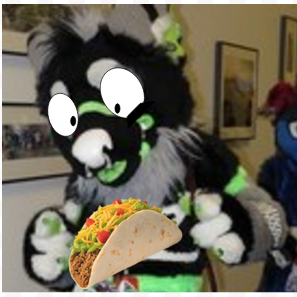Colonial Williamsburg
Published on Apr 04, 2016
learnin bout' Williamsburg in the 1800's
MORE DECKS TO EXPLORE
PRESENTATION OUTLINE
Colonial Williamsburg
Made by: Hannah G. 4/8/16
Government
- The first English settlers in Williamsburg were faithful followers of King George II.
- Soon after arriving, the inhabitants of Williamsburg began to leave the crowns behind and act for independence.
- A new government was quickly established, focusing more on egalitarian principles instead of England's traditional hereditary power.
- http://www.history.org/Almanack/life/politics/polhdr.cfm
Education
- School/education was widely availible to those who could afford it.
- Typical educational activities included writing letters on a chalkboard, reading, and asembling jigsaw puzzles.
- Sewing was HUGE part of a girls day, be it fixing clothes, making samplers, or even making doll clothes.
- http://www.history.org/Almanack/places/geddy/geddychi.cfm
Photo by Juan Lauriente
Trades/Jobs
- Williamsburg offers an EXTREMELY large and diverse set of jobs and/or trades, including Gunsmith, gardener, wigmaker, blacksmith, silversmith, food vendor, wheel maker, weaver, carpenter, cabinet maker, tailor, brick maker/layer, printer/binder, shoe maker, basket weaver, doctors, and of course, farmers.
- There was also milliners, which are people (usually women) that make/fix dreses.
- A cooper is a basket maker for storage of all kinds of things; wine, gunpowder, and tools are all great examples.
- http://www.history.org/Almanack/life/trades/tradehdr.cfm
Social Life/Recreation
- Some people did not get much "social time", so usually conversating happened while working.
- One very popular game was to make chickens fight against eachother.
- To entertain themselves, many colonists sewed, played games, (ball, jacks, etc.) and drew or wrote.
- http://www.history.org/Almanack/life/classes.cfm
Religion
- Colonial Williamsburg was made for catholic/religious freedom.
- The church was mostly funded by tax dollars.
- All of the catholic colonists were not at all tolerant of non- catholics.
- http://history.org/Almanack/life/religion/religionva.cfm
Photo by Nino.Modugno
Slavery
- African Americans wore many types of clothing, from formal wear to rags.
- Each person was a member of a people, a clan, a family, and a household
- All slaves were at an extremely high death rate.
- http://www.history.org/Almanack/life/family/black.cfm
Photo by jsogo
